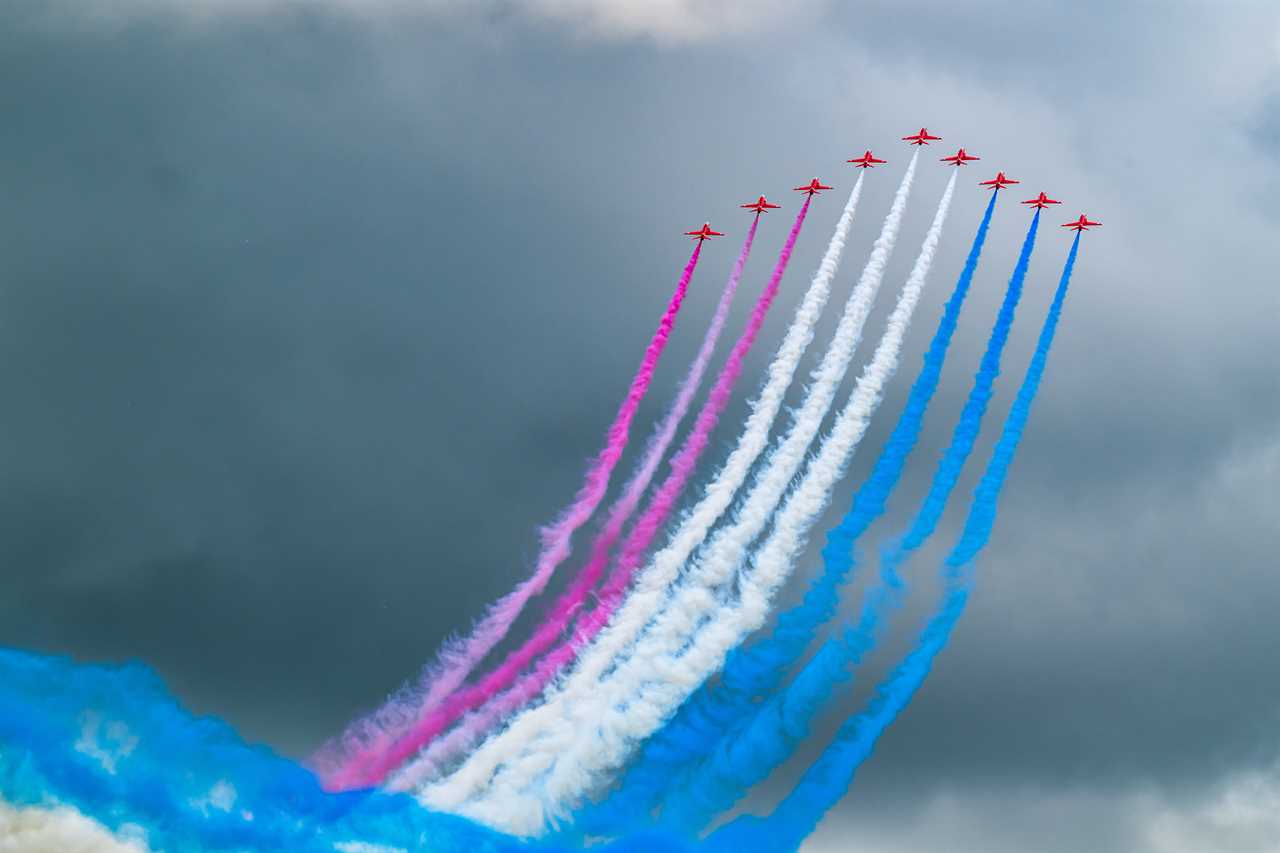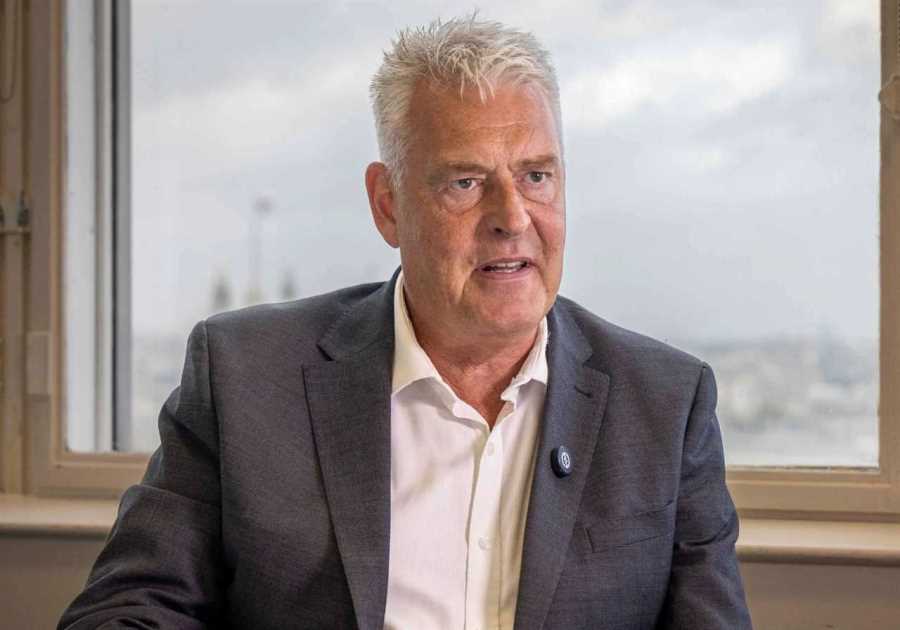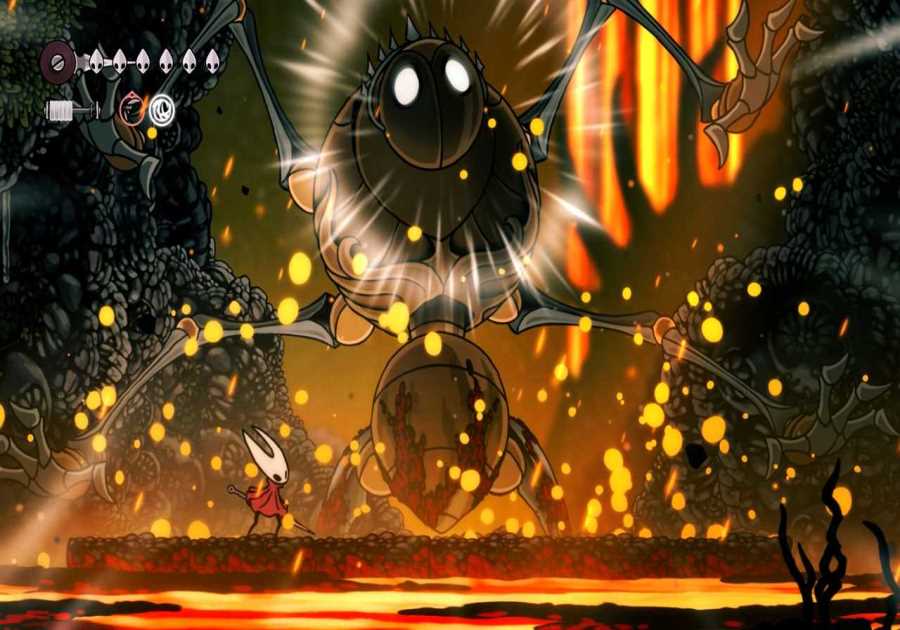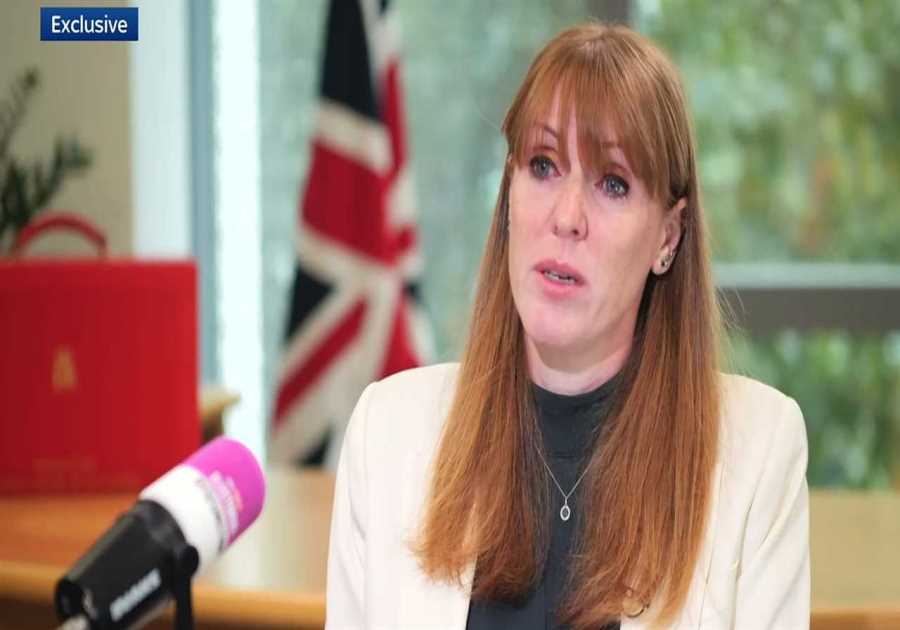
The future of the iconic Red Arrows aerobatic display team has been called into question, with accusations levelled at the Labour party for jeopardising their future by failing to address the aging Hawk jets that power their performances. This issue, highlighted by Shadow Defence Secretary James Cartlidge, underscores a critical intersection of military preparedness, national pride, and economic impact that demands urgent attention.
Challenges of Ageing Fleet and Economic Impact
At the heart of the matter lies the imminent shortage of Hawk T1 jets, which have faithfully served the Red Arrows for five decades. The closure of the spare parts manufacturing facility has left the display team in a precarious position, relying on patchwork solutions to keep their aircraft operational. This situation not only threatens the team's ability to perform but also raises concerns about job security and economic ramifications in regions supported by the aerospace industry.
The Strategic Imperative and Industry Skepticism
While RAF sources attempt to allay fears by suggesting that the Red Arrows can continue with limited aircraft through meticulous maintenance, industry insiders express doubts about the feasibility of such projections. Labour's call for the RAF to expedite the replacement of the Hawk jets is seen as a crucial step towards ensuring the continued success and safety of the Red Arrows. However, questions linger regarding the practicality and ownership of potential replacements, such as the Aeralise Fast Jet Trainer.
Complexities of Procurement and National Identity
The debate surrounding the selection of a new training jet for the Red Arrows reflects broader issues of national sovereignty and economic ties. Balancing the need for a British-made solution to support local industry with concerns about foreign ownership and unproven technologies presents a nuanced challenge for policymakers. The decision will not only impact the operational capabilities of the RAF but also resonate with the public's perception of national pride and innovation.

As discussions continue on the fate of the Red Arrows and the critical role of Hawk jets in their performances, the urgency of addressing these challenges is clear. The intersection of military strategy, economic implications, and national symbolism requires a careful and informed approach to ensure the longevity and success of this beloved British institution.
Did you miss our previous article...
https://trendinginthenews.com/uk-politics/rachel-reeves-tax-strategy-a-bold-move-in-the-political-chess-game






